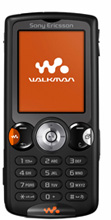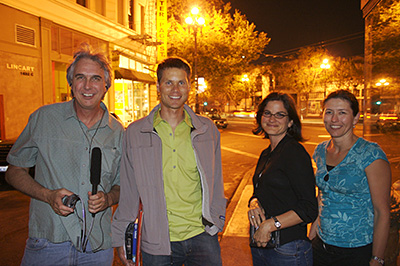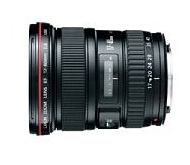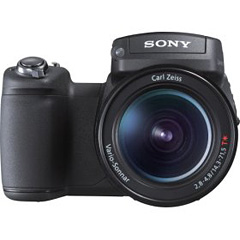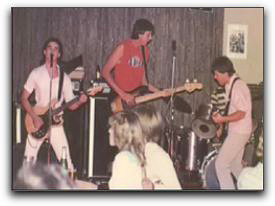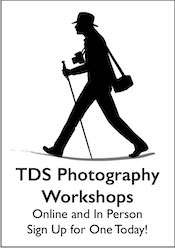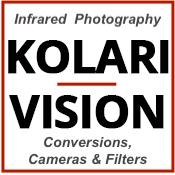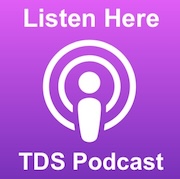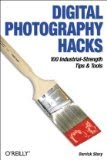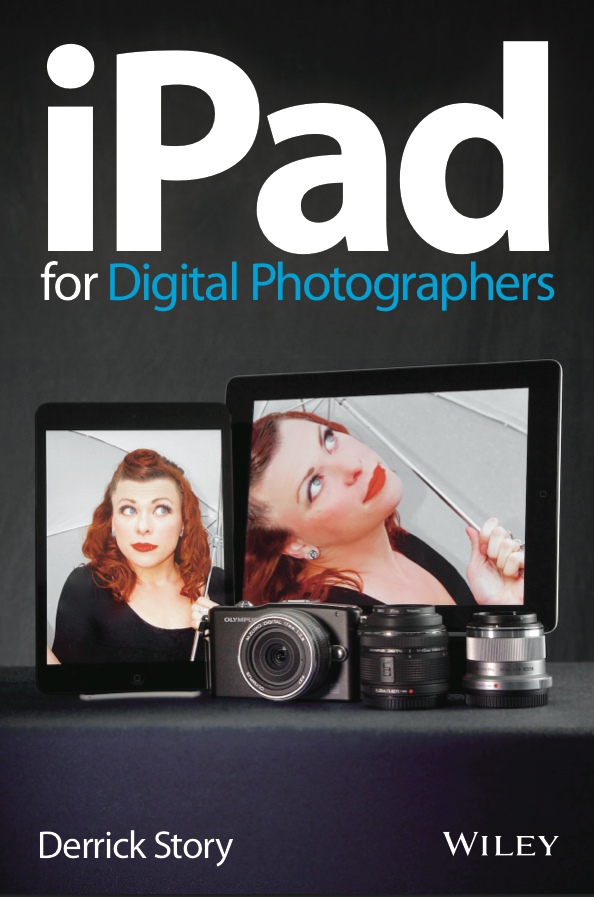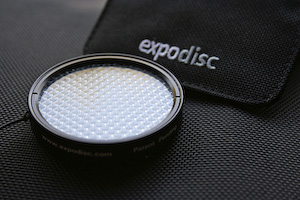
The Custom White Balance setting is one of the most powerful features on your camera. Yet it is seldom employed because we're not sure how to use it. In this podcast, I describe the value of using custom white balance and techniques for putting it to work.
You can use something as simple as a plain sheet of paper, a coffee filter, or my personal favorite, the ExpoDisc. If you want to learn more about how to use the ExpoDisc, see my article on O'Reilly Digital Media.
Regardless of how you employ custom white balance, it will save you post processing time and improve the look of your images.
Listen to the Podcast
Now that I've piqued your curiosity, it's time to listen to today's audio show titled, "Custom White Balance" You can download the podcast here (28 minutes).
See It in Person
If you're in Northern California on the weekend of October 7, stop by the Macintosh Computer Expo and sit in on my iPhoto 6 Tips and Tricks session. It's free, and I'll show you this tip plus lots of other cool iPhoto goodies. For those who really want to dig into some shooting techniques, stick around another day and sign up for my Digital Photography Made Amazing half day workshop on Oct. 8. But sign up early because seating is limited.
Technorati Tags: digital photography, podcast, The Digital Story




